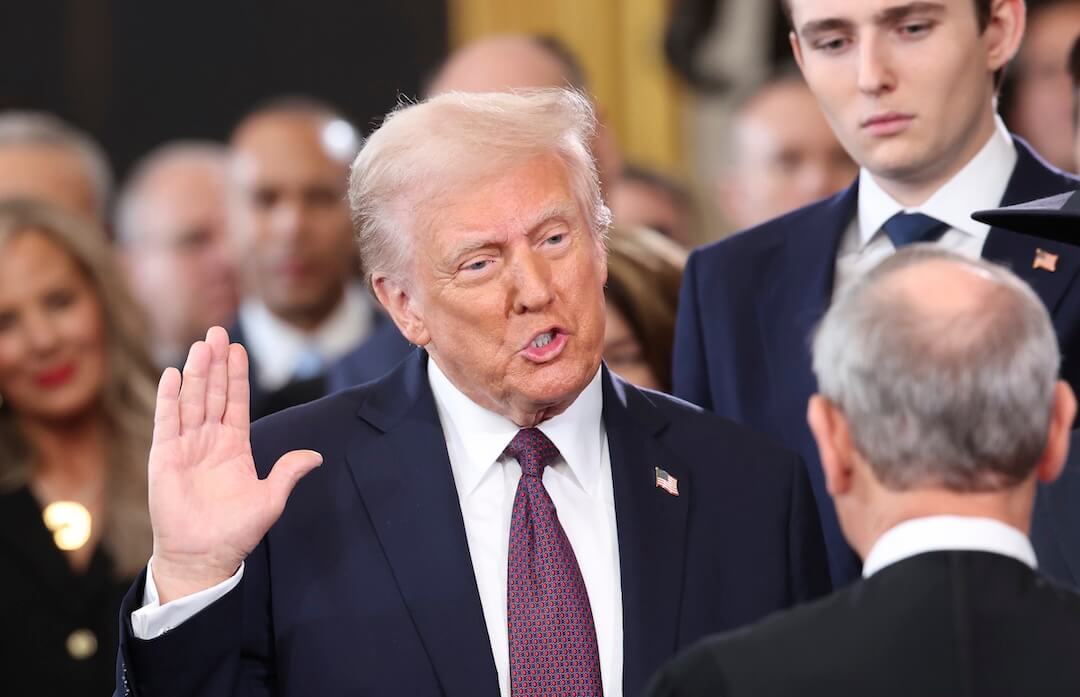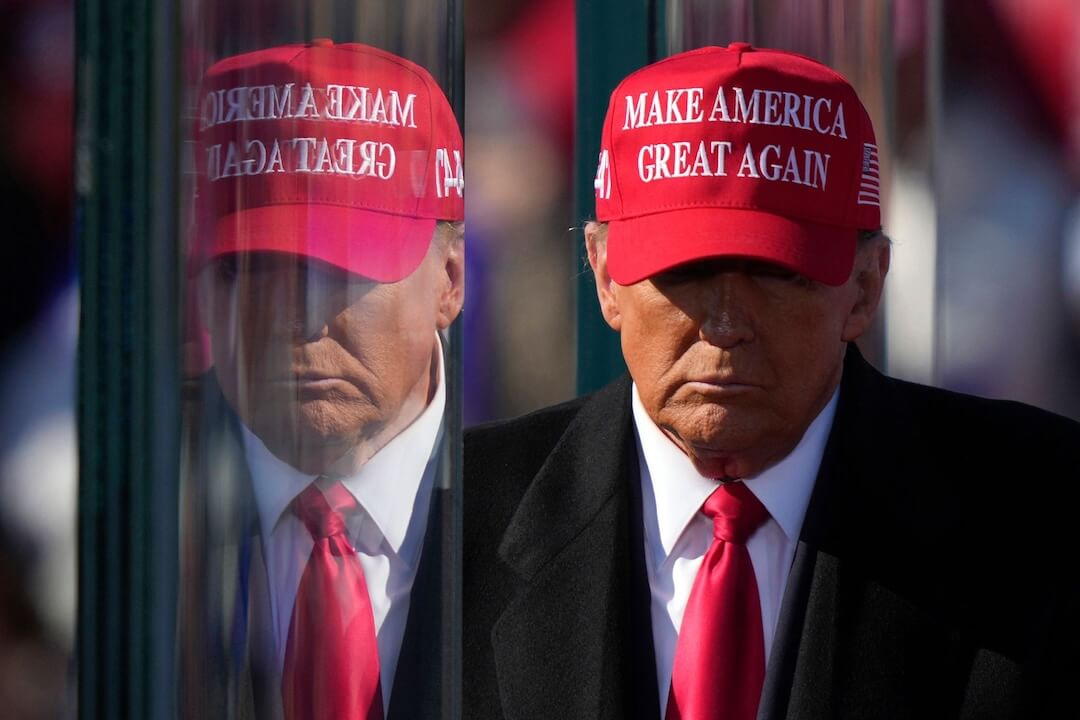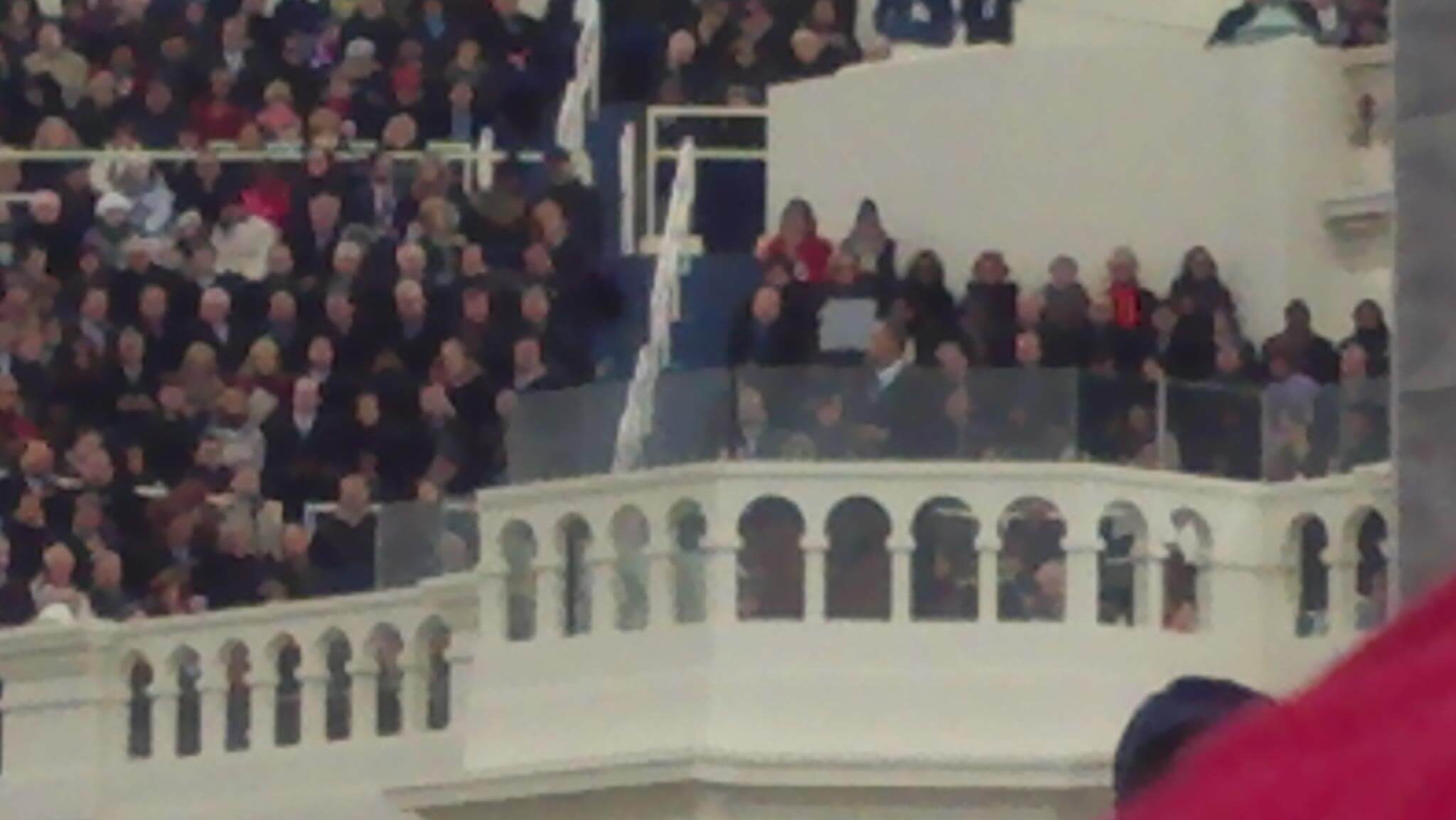At a time when America and American journalism seems befuddled by what constitutes effective campaign coverage — especially in the era of Bernie, Trump and Twitter — maybe retro is a place to look.
But before we go back in time, let’s look at today. Criticism of press practice on election coverage has rarely seemed so furious. Among the complaints:
- We are suckers for Donald Trump’s brand of outlandish behavior, resulting in attention he does not deserve.
- We are addicted to conflict, dragging out issues such as Hillary’s email habits.
- We under-cover complicated issues that require deep reporting.
- We over-depend upon flawed measures of a candidate’s success, including questionable polling data.
- We prefer talking heads to shoe-leather reporters.
- We continue to look at campaigns as athletic competitions, focusing on winning and losing, success or failure, rather than on the relative value of competing ideas.
We’ve been through this before, friends, and not so long ago. In 1988, journalists experienced waves of criticism, leading to defensiveness and self-flagellation, over the effectiveness of what is still derided as “horse-race coverage.”
That moment in time also happened to produce one of the most provocative reform movements in the history of American journalism. It had two common names: Public Journalism and Civic Journalism. The movement had leaders, professional (Buzz Merritt and Cole Campbell) and academic (Jay Rosen). It had experiments. It developed manifestos. It offered results. And it had many, many, shall I say, detractors.
Most of those non-believers were famous and influential editors. “All journalism is public,” they would say with a wave of the hand. The St. Louis Journalism Review made attacks upon public journalism and the late Cole Campbell, then editor of the Post-Dispatch, a crusade.
Suddenly, public journalism was gone, a tiny echo in a deep canyon, a whisper in the wind.
But not really. Several leaders of the movement — Jay Rosen comes to mind — caught the early waves of digital technology to advance a critique of journalism practice and imagine a new future for news. I have heard Jay say that the internet gave to public journalism the tools it lacked in the early 1990s.
Going beyond their earliest notions, the former public journalism advocates could now see a world of information and communication that challenged a monopolistic press and empowered a once docile “audience.” Citizen journalism became a catchphrase. And editors, depleted of other resources, turned to activists and experts in the community. People who were once sources suddenly became bloggers, what at Poynter we started calling a Fifth Estate.
Like a visit to Camden Yards to watch a baseball game, I’ve recently gone retro to see if I could harvest from the public journalism agenda ideas or strategies that would help journalists solve problems of campaign and election coverage today.
My sources are two monographs published as the Poynter Papers. In 1993, we published “Community Connectedness: Password for Public Journalism,” by Jay Rosen. In 1994, it was “The Charlotte Project: Helping Citizens Take Back Democracy,” written by Ed Miller, then a faculty member at Poynter. The first set out a philosophy of practice. The second offered a provocative case study.
Jay began his work with a set of propositions on the task of a free press.
- If journalism can be described as a purposeful activity, then its ultimate purpose is to enhance democracy.
- Thus, democracy not only protects a free press, it demands a public-minded press.
- What democracy also demands is an active, engaged citizenry, willing to join in public debate and participate in civic affairs.
- No democracy — and thus, no journalist — can afford to be indifferent to trends in public (or private) life that either draw citizens toward the public sphere or repel them from it.
- Part of journalism’s purpose, then, is to encourage civic participation, improve public debate, and enhance public life, without, of course, sacrificing the independence that a free press demands and deserves.
Jay’s opponents would often plant their flag on that word “independence.” Attached to concepts and routines of neutrality, disinterest, objectivity, and balance, they would brag in public of not voting, the celibacy of their priestly caste.
To show a different way, Jay highlighted several early experiments in civic journalism, one of the first from the Columbus (Georgia) Ledger-Enquirer:
“In 1988 the Ledger-Enquirer had published a series of articles detailing a host of long-term problems the city had yet to face. Nothing came of the series, so the editors decided to take a stronger step. They organized a public meeting where residents could discuss the future of their city and the problems they wanted to see addressed. Off the response to that meeting a new civic movement was born, United Beyond 2000, in which the editor of the newspaper, Jack Swift, was a leading figure.”
Jay describes how the Wichita Eagle, a Knight-Ridder paper that became a hotbed of civic journalism under the leadership of its editor Buzz Merritt, “adopted an activist approach to election coverage with the explicit aim of improving voter participation and strengthening political debate. The Eagle selected ten key issues it determined were important in a 1990 statewide election and focused continuing coverage around them with the announced intention of engaging readers and forcing the leading candidates to respond. It also conducted a sustained effort explaining why the election mattered to citizens, encouraging them to vote, and providing user-friendly guides to participating in the election.”
The Poynter Institute, I would argue, did not have a “take” on public journalism. Some of its leaders, especially Gene Patterson and James Naughton, assumed the traditionalist position, but they encouraged me and my colleagues to keep a close eye on what was going on. Looking back, I would describe myself as an eager student, not an advocate of the movement.
Ed Miller’s paper began with this tease: “Democracy only works if citizens participate. When apathy, cynicism, and disrespect pervade, our political system is in danger. After the election of 1988, many journalists recognized the danger signals, but few had innovative responses. The Charlotte Observer was one of those few.”
Poynter worked with the Observer and WSOC-TV to create a new way to cover elections. Here was the strategy:
- Let the voters, not the candidates, establish the agenda for the campaign.
- Hold the candidates accountable to that agenda.
- Enlist readers to participate in the campaign coverage and to evaluate the performance of the candidates and the press.
The project included these actions steps:
- An extensive poll of the community was conducted in late 1991 to determine the Citizen’s Agenda, that collection of issues the voters of the Carolinas wanted the election to be about.
- A citizens panel was created to keep the media tuned to community attitudes on issues and candidates throughout the campaign.
Ed wrote: “Readers were given a central role. They were polled, interviewed, encouraged to submit question to candidates, invited to community forums, and featured in the news almost daily. They provided the context and much of the content of the campaign coverage.”
Here is a list of what was learned:
- Readers can be partners as well as customers.
- Exploring solutions is as important to readers as exposing problems.
- Allegiance of journalists to “objectivity” often comes at a price of community understanding and engagement.
- Political coverage should be about what’s important to citizens, not just what’s important to politics or the press.
- News organization can change; so, too, can the forms of journalism.
- Erosion of citizens and news readership are linked; to revive one you need to revive both.
In retrospect, this view of citizenship, public conversation, and civility looks romanticized, perhaps even naïve. To turn the clock ahead, the internet has turned rank-and-file citizens into productive writers, publishers and opinion makers. But the dark side is darker than anyone could have imagined. The internet is no information superhighway. It is a polluted ocean, a place where anonymous and uninhibited trolls feel free to deposit vile and even criminal threats, especially on such issues as gender and race. The viciousness of comments has chased away the well-intentioned.
This question has no answer, but it is fun to think about: If public journalism had been widely adopted in the 1990s and quickly adapted to the opportunities and requirements of the digital age, would we in 2016 America be experiencing a healthier public life? If I had to vote, I would say yes.
But public journalism would have had to account for these influences:
- The rise of conservative talk radio and Fox News.
- The creation and popularity of reality television, of the kind that made Trump a celebrity.
- The enormous amount of money pumped into negative political advertising, enriching television stations at every level.
- The ways in which virtual communities of interest have elbowed out geographic communities, at the loss of social capital.
- The creation of social networks in which political figures and special interests sidestep coverage by traditional media.
- The evolution of cable news (to use the language of Tom Rosenstiel and Bill Kovach) from a discipline of reporting and verification to one of assertion by paid experts and “talking heads.”
- The loss of news resources — human and financial — so that there are far fewer shoes than there were in 1992 to do “shoe-leather” reporting on the electorate.
There have been amazing gains, to be sure. The gathering, analysis, and visual presentation of data have emerged as important disciplines of reporting. The Tampa Bay Times (owned by Poynter) helped create fact-checking teams and methods that have been duplicated across the globe, holding politicians accountable for their lies and exaggerations. But the polling can be wrong, and partisans living in echo chambers can easily ignore evidence that challenges their belief system.
If we want to improve campaign and election coverage, what could the tenets of public journalism teach us?
Why not go retro? Why not revisit the high-minded ideas and practical experiments of the 1990s? What would a citizen-based reporting agenda now look like (Jay revisited the strategies of developing a “citizen’s agenda” for elections in 2010)? Do readers really want solutions? What means are available to hold candidates accountable to rank and file citizens?
Are there ways to neutralize the incivility of digital commentary to create virtual communities in which citizens can converse across their differences? Can political reporters achieve escape velocity from the old routines that hold them down? Can we call attention to ways in which virtual communities enabled by the internet can become resources for geographic communities where the rubber meets the road?
Let’s go retro. Someone call a meeting. How about in the bleachers at Camden Yards?







